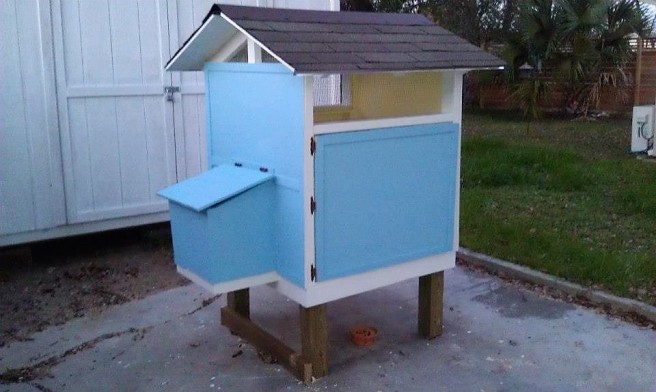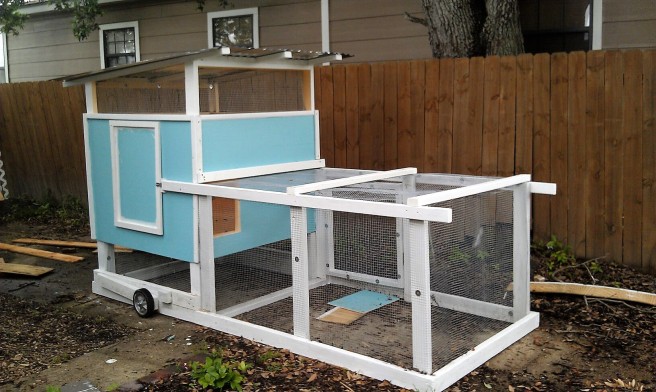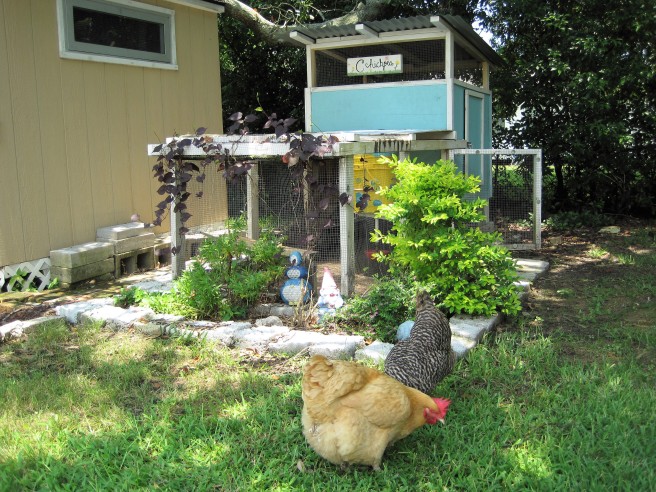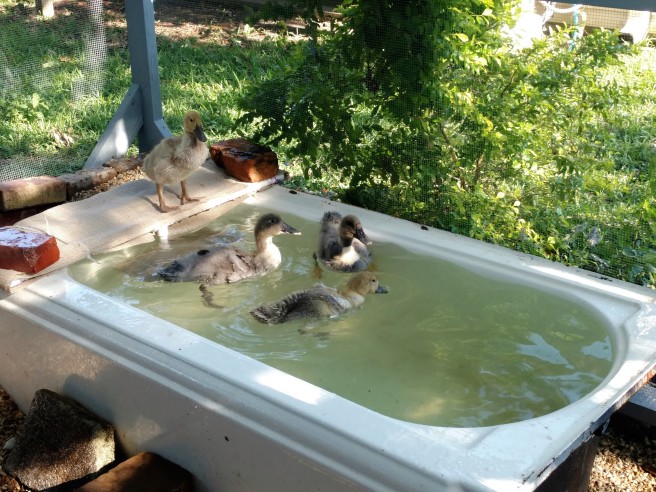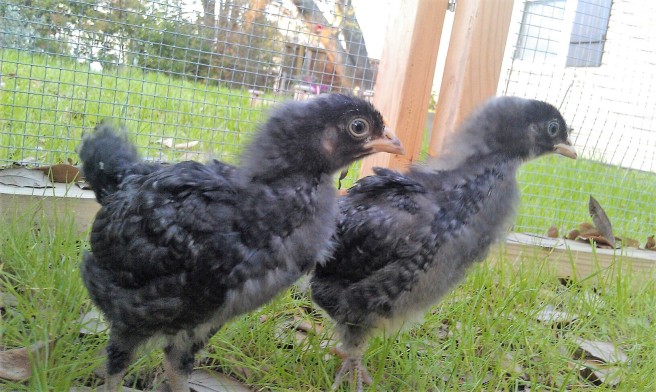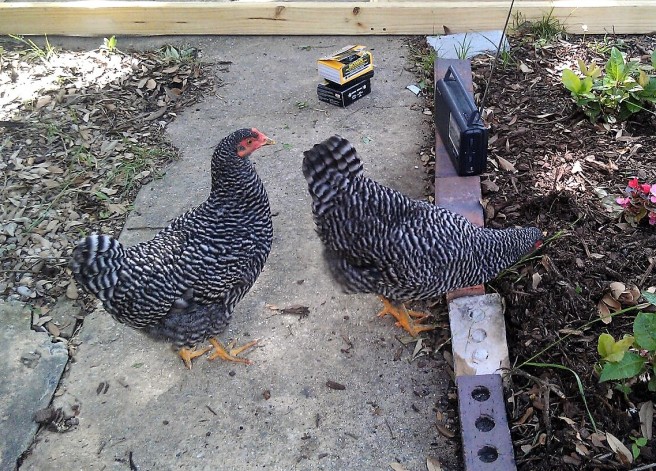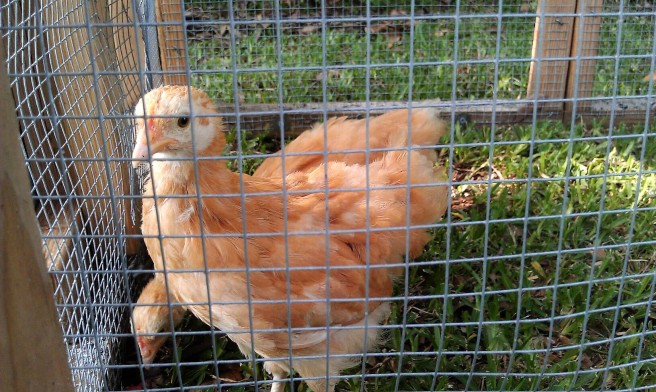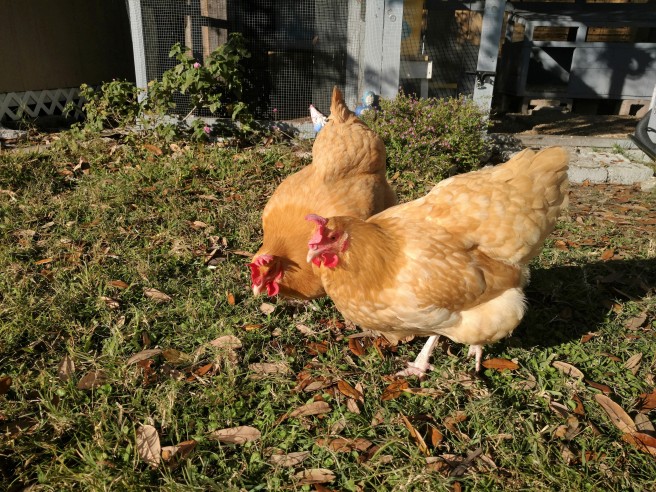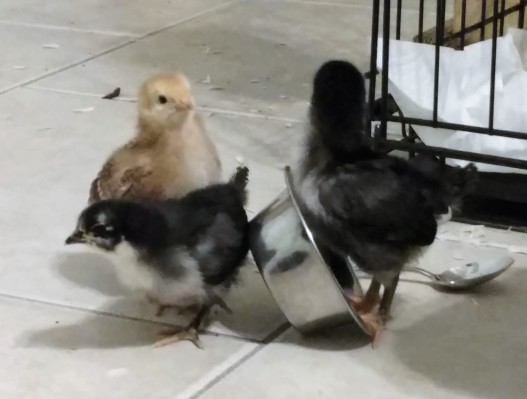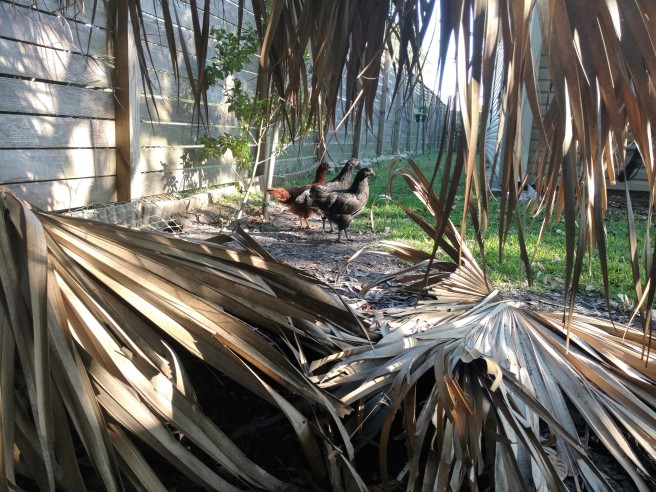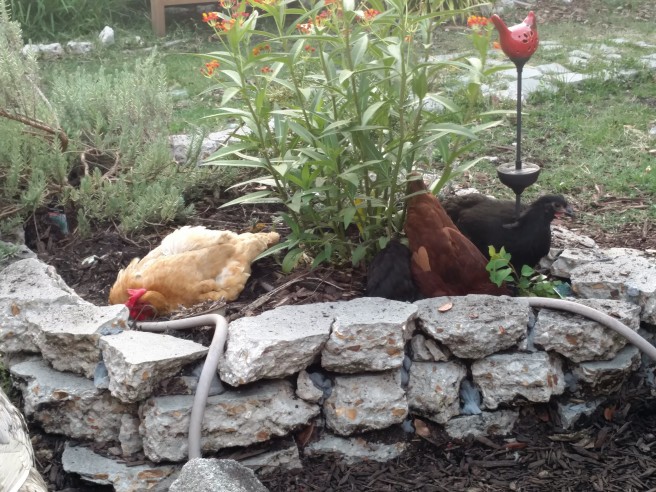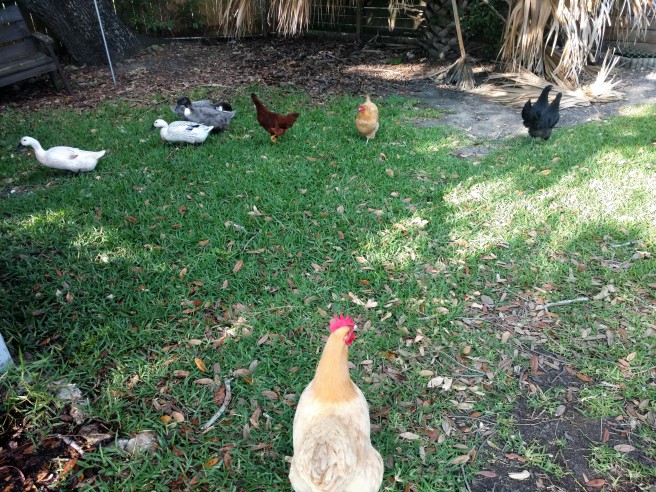Every now and then, photos of videos of raccoons will appear on my Facebook Newsfeed, talking about how cute or impressive the little buggers are. I have to admit, I used to agree. Raccoons can be little chubby balls of fur with masks and human-like grabby paws.

But ever since I got my first pair of chickens back in 2013? Ugh. Rarely have I felt such malevolence toward another living thing.
Recently, Toronto spent millions of dollars on “raccoon-resistant” trash bins, only to have some “uber-smart” raccoons still break into the garbage like it ain’t no thang. I wasn’t surprised. While memes might paint raccoons as chubby, lazy little critters, anyone who’s experienced them as a pest will tell you the opposite is true (okay, they’re probably still chubby, but they sure as heck aren’t lazy).
And they’re everywhere.
I live in the middle of a residential area, where lots are about 60 feet wide. Although houses are raised (thanks, sea-level elevation and flood potential!), the openings are fenced or bricked up. And yet, there are hoards of raccoons that are able to find someplace to sleep during the day so they can wreak havoc at night.
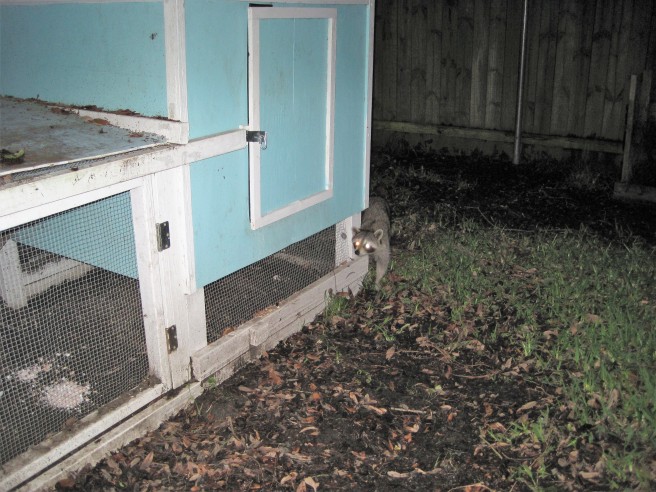
Some of those masked grabby-bears are ballsy!
One night, my chickens started making concerned coos. I went outside with my hefty Maglite to scare off what I assumed was a single raccoon, or maybe a pair. When I round the corner, four pairs of eyes gleamed back at me from on and around the coop. There was a rustle overhead, and I shined the flashlight into the branches of the oak tree to find several more raccoons staring down at me. In total, there were more than half a dozen.
I inched closer to the raccoon gang, made noise, and threw sticks. None of them moved. Whenever animals don’t behave as expected, rabies is a concern. However, I’m more of the opinion that this particular gang was used to people and empowered by their numbers. Whatever the reason, I decided to put faith in the strength of my coop and go back inside. Fortunately, they eventually left without breaking in.
Other memorable raccoon run-ins include:
- A raccoon chasing one of my hens and pinning her down. I caught them in time and she was able to get free, minus a few feathers.
- A raccoon sneaking into my coop every afternoon for weeks to steal eggs and feed. It was pretty skinny and probably only out during the day due to desperation for food. I borrowed a trap and relocated the bugger.
- A raccoon breaking the door of my nest box to try and grab my hen, who spent all night and day in the box due to a strong broody spell. She got away, and on the positive side, the attack broke her broody spell. Even though it was after midnight, I immediately repaired the nest box because…
Raccoons will always return.
Unless you physically relocate the animal beyond its reasonable travel distance, or you make whatever “treat” completely inaccessible, raccoons will keep coming back. They are persistent, surprisingly clever, and occasionally malicious.
A friend recommended I get an airsoft gun and pop the critters. I’m preeeetty sure that’s not legal within city limits, but even if it is, I have terrible aim and would probably hit a hen…or a neighbor!
Therefore, for current and would-be chicken owners, I have one major piece of advice:
Build a fortress.
When installing your coop and run:
- Cover all “open” sides and the roof and any windows in galvanized hardware cloth. Secure the hardware cloth onto your frame with exterior screws and washers (the hardware cloth holes are too big for the screw heads, so the washers hold everything in place).
- Bury hardware cloth or heavy pavers all around the perimeter of your coop and run, extending out at least a foot. This will prevent digging (and raccoons will dig).
- Invest in a treadle feeder that “hides” the food in a closed container when the birds aren’t actively eating.
- Place your nest boxes inside the coop and off the ground. If you include an “easy access” door that let’s you collect eggs from the outside, make sure it’s secure enough that raccoons won’t treat it as an easy-access door too.
- Secure doors with screw links/carabiners or actual locks. Raccoons can squeeze and work out rods, so simple carabiners or slides won’t keep things secure.
- If you feed your birds table scraps, don’t leave them out overnight.
- If your birds free-range during the day, put them up half an hour before the sun fully sets. I’ve caught raccoons prowling around my yard well before twilight.
- Realize that despite your best efforts, you might still lose a bird. Following all of the steps above should minimize your risk, but anything that lives outside may become a predator’s meal. Losing a bird sucks, but it’s not the end of the world.
Remember that you can always rebuild. I learned about 40% of what I know about coops and predators from research and 60% from failures and near-misses. The important thing is that you pay attention, learn from what went wrong, and immediately take action to remedy the misstep.
Although I prefer prevention as a way to eliminate painful situations before they arise, it’s not like I can eliminate raccoons from my neighborhood. Sometimes, all you can do is make yourself a more troublesome than everyone around you.


